

Damion Smy
Nissan Juke EV will use Leaf platform, due in 2026 - report
13 Hours Ago

Contributor
Audi is the Volkswagen Group’s premium brand and a direct competitor to Mercedes-Benz and BMW.
Compared to those brands, Audi is a relative upstart. The brand name was resurrected in 1965, after a quarter century off the market, when Volkswagen acquired Auto Union; the conglomerate, interestingly, had recently belonged to Daimler-Benz for a few years.
The new Audis wore the four-ring logo of the defunct Auto Union, which had consisted of four brands, and the brand’s new parent saw the need to rebuild brand awareness by establishing a unique and distinct brand identity.
The evolution of the front grille can arguably be classified into five distinct styling eras, ranging from a simple framing that allowed greater visual emphasis to be placed on the iconic four rings badge, to the pioneering shield-like Singleframe grille, which connected the usually separate upper and lower front grilles into a uniform whole. The latter acted as a trendsetter of sorts for modern automotive grille design.
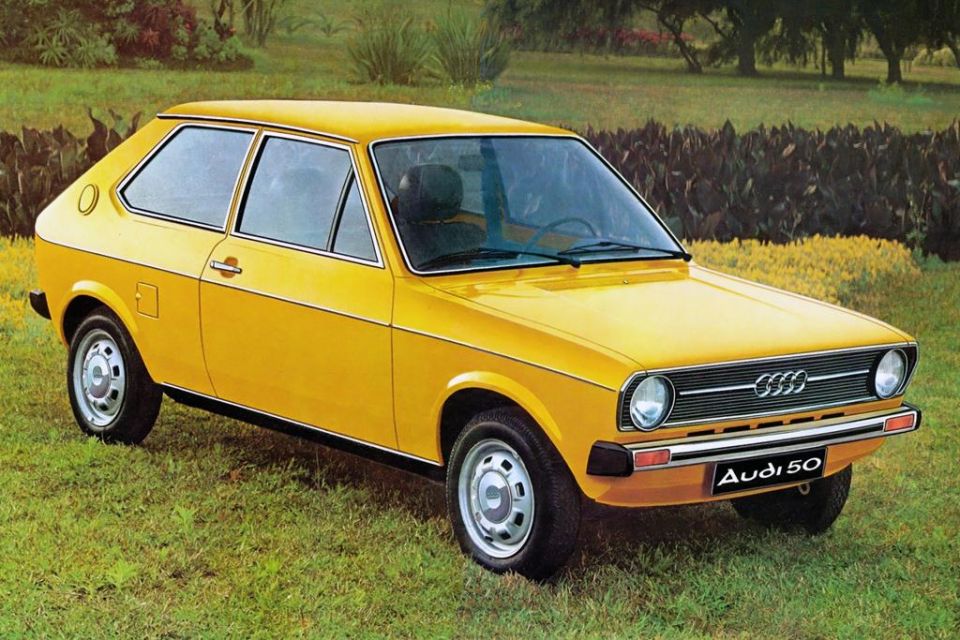
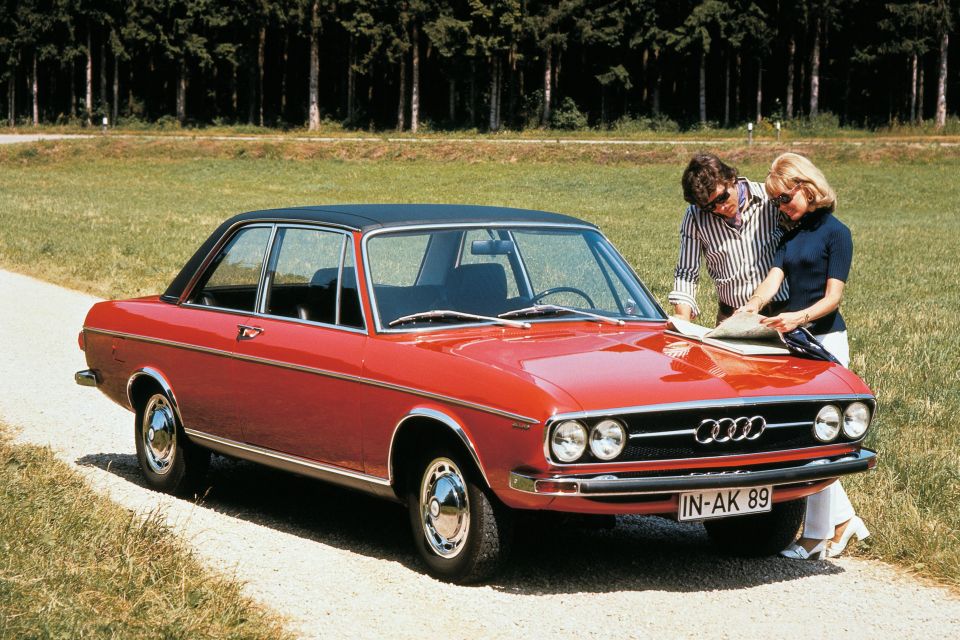
With the modern relaunch of the Audi brand under Volkswagen ownership coinciding with the firm’s introduction to the American market in 1970, the focus at this time was to give prominence to the four rings.
Models such as the Audi 100 featured an almost oversized four ring logo, framed by a simple, rectangular front grille with horizontal chrome accents that further led the eye to the Audi logo and also encapsulated the headlights.
Other Audi models launched during this time, such as the original Audi 80 and smaller Audi 50, took a similar approach, creating a shared family DNA.
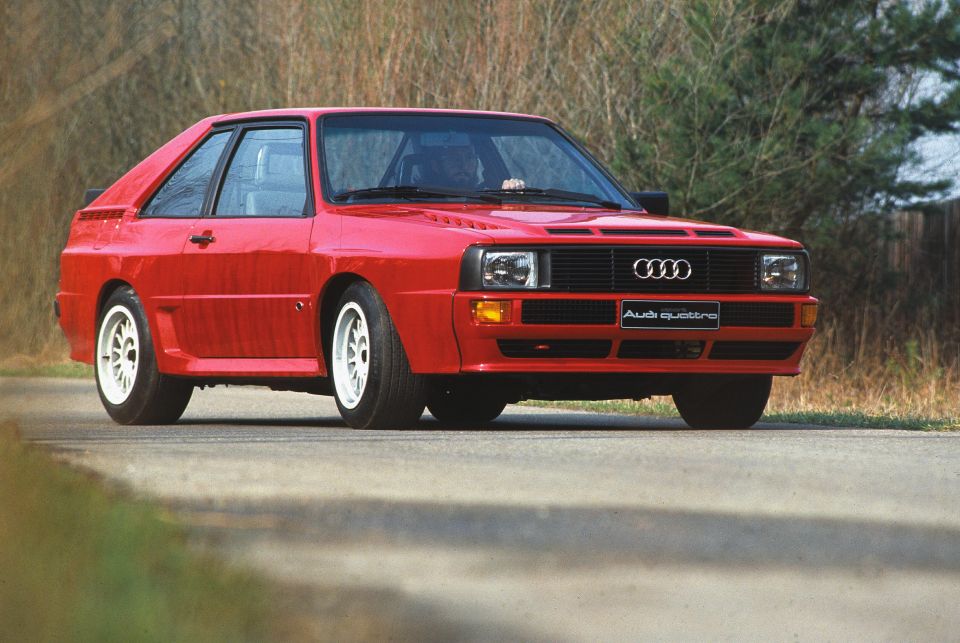
The 1980s bore witness to Audi introducing arguably one its most famous models to date – the Audi Quattro. A rallying legend, the Quattro solidified the firm’s capacity to develop and use innovative technologies to build performance cars.
The car contained several technical advances, most significant of which was a performance oriented AWD system (rather than one designed for a commercial or off-road vehicle context). Other innovations popularised by the Quattro included the use of an intercooler to improve turbocharger performance while, in the interior, the vehicle made use of an early iteration of a digital LED instrument cluster.
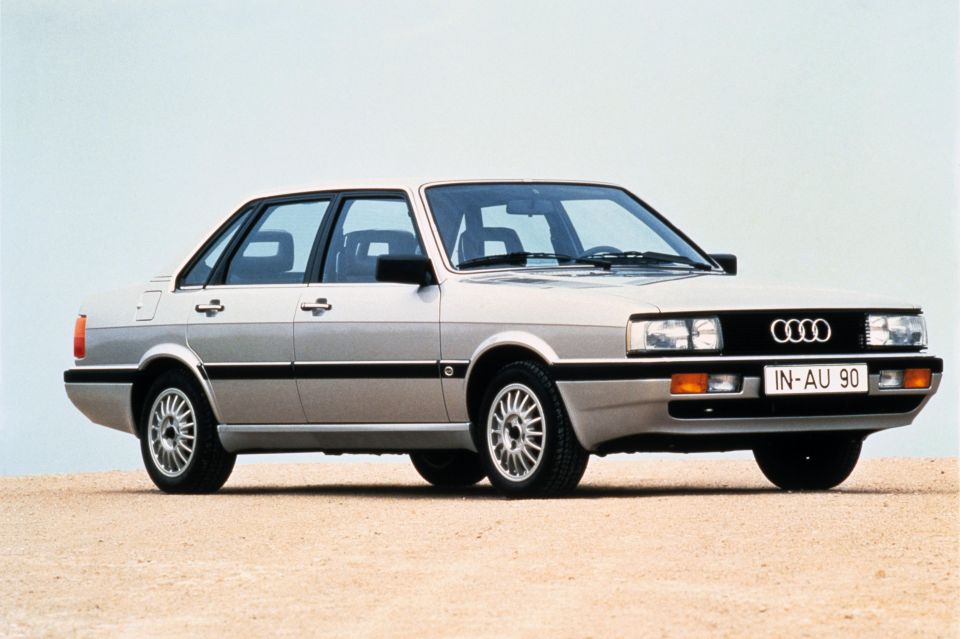
The presence of these advances meant that from a design perspective, the Quattro was also the ideal mode to progress with an evolution of the Audi grille design. Turbochargers and performance engines need extra cooling and, although still prominent, the front grille became slightly narrower and flatter to provide space for a secondary, lower front grille. Headlights also evolved from the traditional circular design to a rectangular look.
This ‘dual-tier’ design with separated horizontal upper and lower front grilles was later adopted by some other Audi models released during the 1980s, including the Audi 90 sedan and the Audi Coupe, the latter of which bore a near identical exterior design to the Quattro, but was powered very differently.
MORE: The tech behind the icons: Audi Quattro
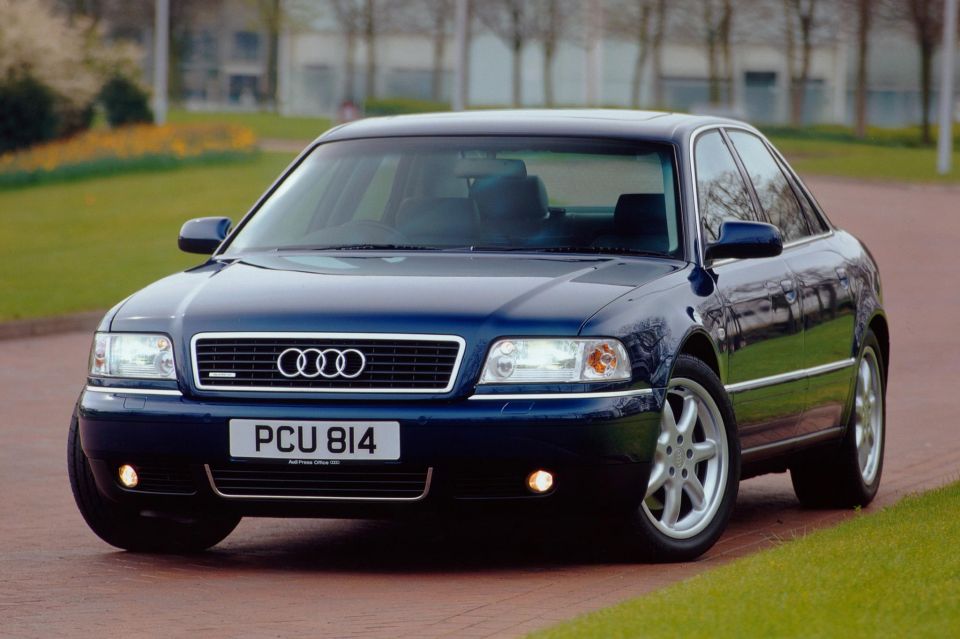
For Audi, the 1990s were a period of modernisation and refinement. The launch of new and improved models across the range and continued investment by parent company VW, alongside a focus on quality finally elevated the brand beyond a niche offering that would compete with the likes of Saab, to a mainstream brand that could fight Mercedes-Benz and BMW for sales on a model for model basis.
Exterior design, including the styling of the front grilles, was also key to this modernisation drive. Gone was the angular look espoused by the Quattro and other 80s Audi models. Instead, aligning with contemporary styling trends, a more rounded approach was taken to grille design. The lower front grille was given greater prominence to balance its upper counterpart, and the entire face of many Audi models during this time was sloped slightly and made less bluff.
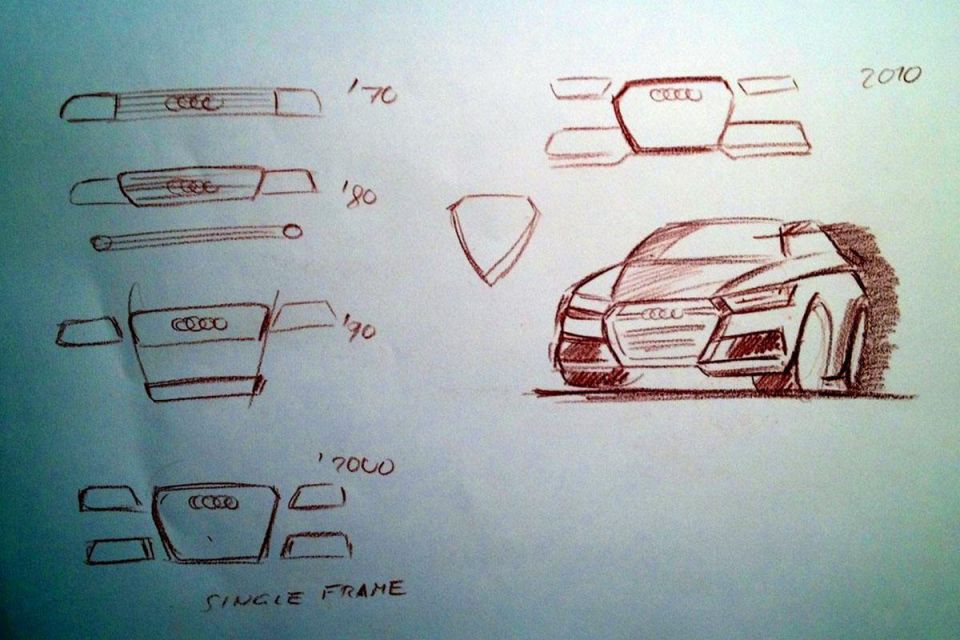
Wolfgang Egger is currently a designer at Chinese brand BYD, but previously acted as the head of Audi design. In his view, Audi’s 2000s-era Singleframe (the brand has gone so far as to trademark this word) grille design is the natural progression and culmination of the decades of evolution and iteration before it.
Egger claims that with Audi designs from the 1980s and 90s introducing and then gradually giving greater prominence to the lower front grille, it only makes sense to eventually join it with the upper grille, as a way to complete the design and create a uniform whole.
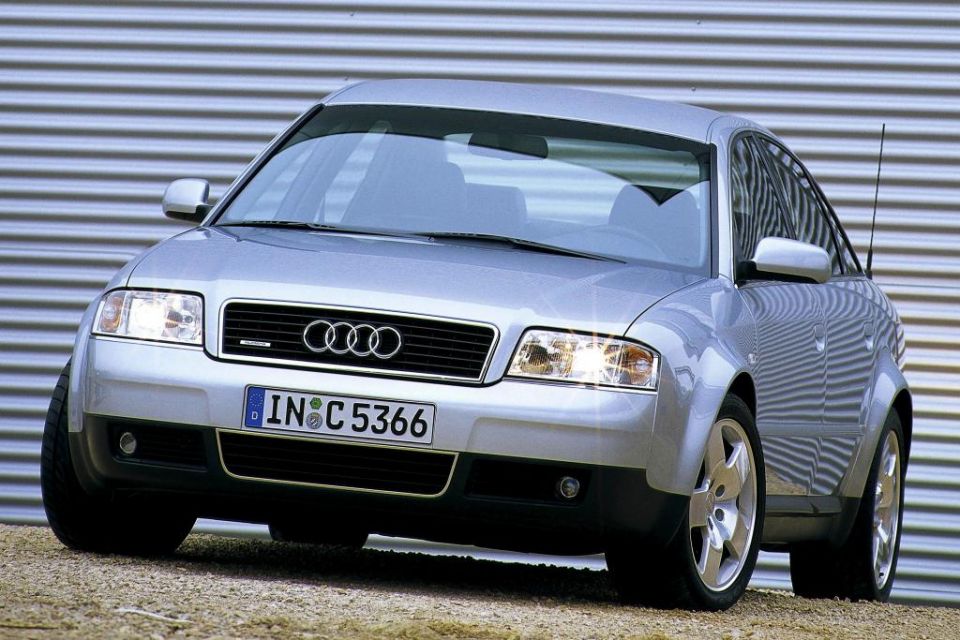

One of the models that best illustrates this point of view is perhaps the comparison between the 90s C5 and 2000s C6 Audi A6 models. The C5 has a lower and upper front grille almost equivalent in size, that is bisected by the front bumper. The subsequent C6 model could be seen to progress this design by eliminating the bisection, allowing the lines of the upper front grille to flow more naturally towards the bottom of the car.
Perhaps just as notably is the precedent that the Singleframe design has set for the rest of the industry. The approach has given the confidence for several other brands, such as BMW, to undertake their own interpretation of having a larger grille. Perhaps even more directly inspired by the precedent set by Audi is Lexus, which has developed a somewhat similar, but slightly different take that it calls its ‘spindle’ grille design.
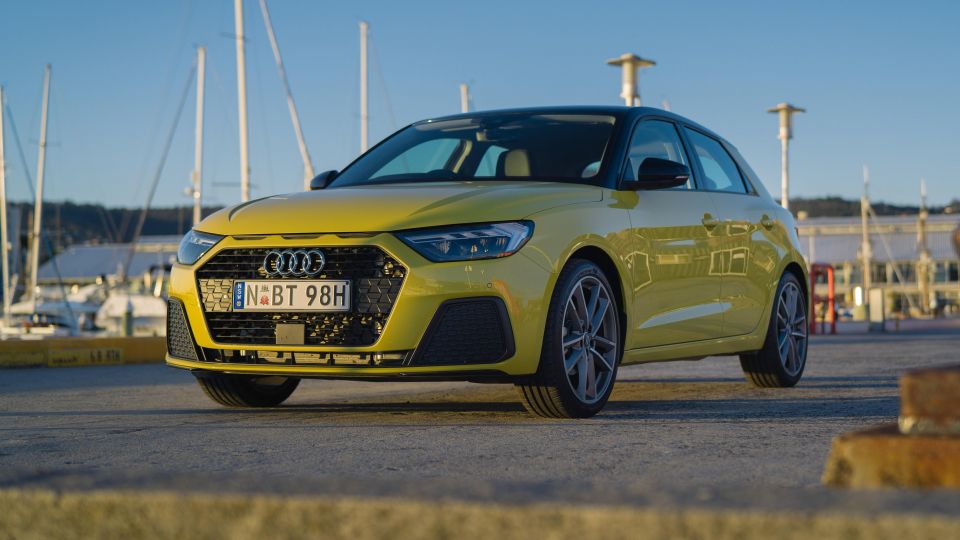
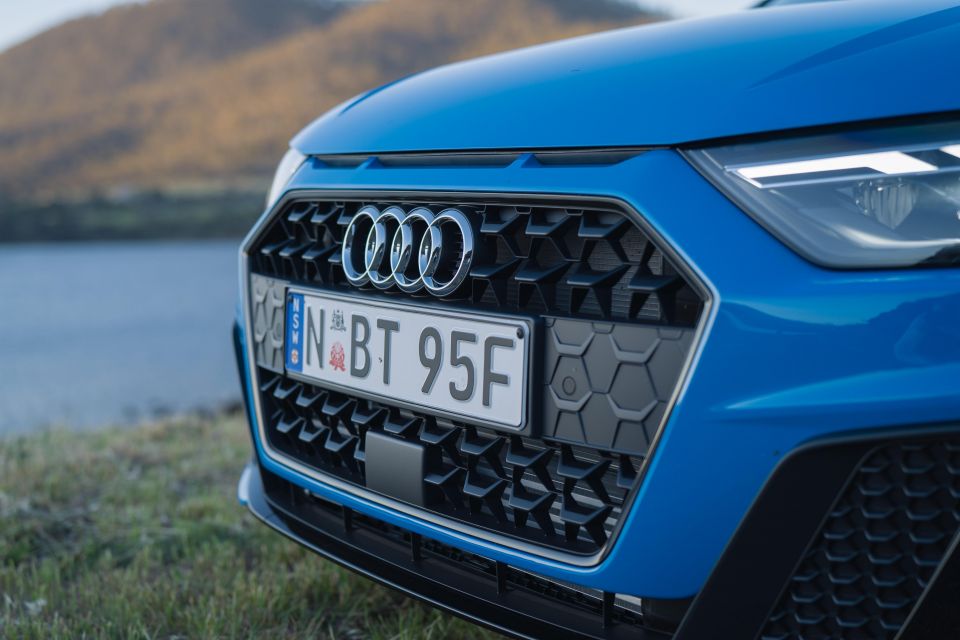
Audi continues to use an evolved version of the Singleframe design today. Unlike the slightly squarish, beard-like original Singleframe designs (as featured on 2000s era Audi A4, A6 and A8 models) where the vertical height of the grille was emphasised, the contemporary interpretation has an angular, aggressive approach.
Vaguely resembling a hexagon, the latest Singleframe designs as featured on recent Audi models aims to emphasise the width of the car.
Interestingly, in keeping with this angular approach, some of the latest Audi models also take direct inspiration from the 80s Audi Sport Quattro. That particular model differentiated itself from the regular Quattro by having a three-vent bonnet scoop, and this has been adapted for modern purposes by the use of a three-piece slit above the Singleframe.
Where expert car reviews meet expert car buying – CarExpert gives you trusted advice, personalised service and real savings on your next new car.


Damion Smy
13 Hours Ago


Damion Smy
16 Hours Ago


Damion Smy
19 Hours Ago


Damion Smy
21 Hours Ago


Damion Smy
21 Hours Ago


Damion Smy
22 Hours Ago